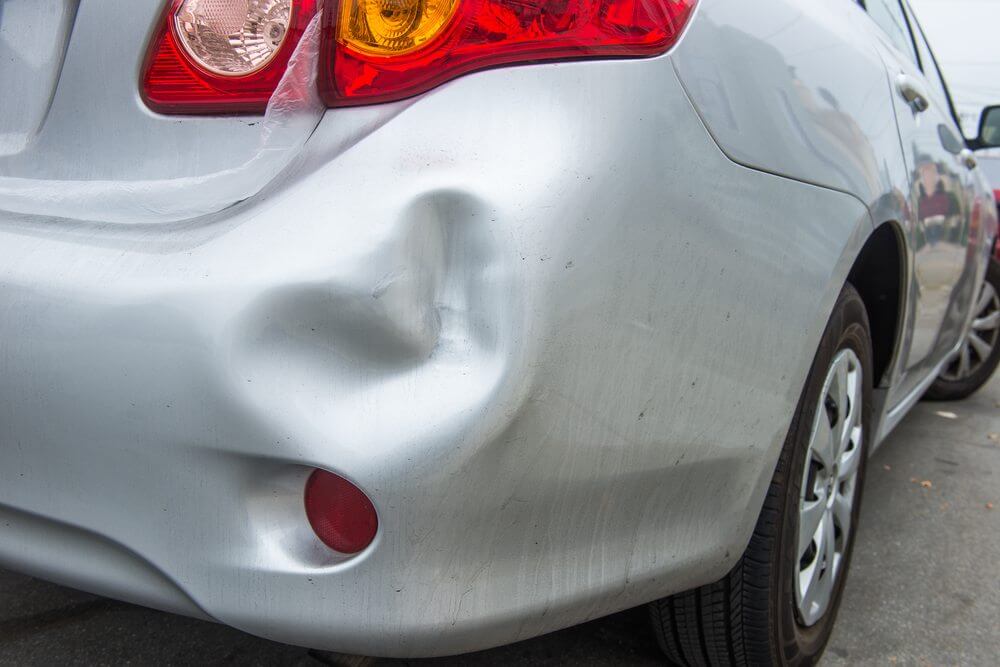It might seem that, with all the hyping of “5-Star” insurance safety ratings for crash-worthiness, that today’s cars could withstand just about any minor collision with nary a scratch.
But that belief sets up many a motorist for a very unpleasant and costly surprise when they get into what, at first, seems like a minor accident. A “fender bender”.
Just like how you can suffer major back pain from a slight slip on ice, your car can sustain major damage from a seemingly minor collision
HOW YOU GET BIG DAMAGE FROM SMALL ACCIDENTS
In Canada, car bumpers must meet certain standards of performance in crash tests. The standards are designed to allow a car to sustain low-speed collisions without damage to its safety systems or serious harm to pedestrians.
• Front and rear bumpers must withstand barrier crashes, both direct and side impacts, of 4 km/h without damage to functional (headlights, etc..) and safety systems on the vehicle.
• The height from the ground of every passenger car bumper must be between 41 and 51 cm.
The first major cause of unexpectedly extensive damage in minor collisions is when a car collides with another vehicle that does not have to meet the bumper standards, like SUVs, pick-up trucks and larger vehicles.
In most cases, bumpers on those non-standard vehicles are higher than the bumpers on cars. When a passenger car hits the back of a truck, the bumpers don’t align. That can leave the car’s grill, hood, headlights and front fenders completely unprotected. In effect, it’s the same as if the car had the collision without bumpers.
Another way small collisions end up causing big damage is when they happen at speeds slightly above those for which the bumper is rated. As the speed of a front-end or rear-end collision goes up, so too does the chance of the bumper on one vehicle slipping over or under the bumper on the other vehicle. When that happens, the vehicle whose bumper went under can suffer similar damage as if it hit a larger vehicle.
In the end, never assume that your car can endure even the slightest impact without suffering damage, regardless of its insurance safety rating.

